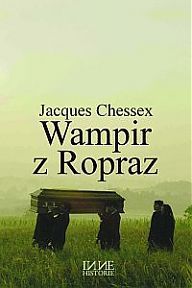What do you think?
Rate this book


96 pages, Hardcover
First published February 7, 2007
Ici on n'a pas de grands commerces, d'usines, de manufactures, on n'a qu'on gagne de la terre, autant dire rien. Ce n'est pas une vie. On est même si pauvres qu'on vend nos vaches pour la viande aux bouchers des grandes villes, on se contente du cochon et on mange tellement sous toutes ses formes, fumé, écouenné, haché, salé, qu'on finit par lui ressembler, figure rose, hure rougie, loin du monde, par combes noires et forêts.
Dans ces campagnes perdues une jeune fille est une étoile qui aimante les folies. Inceste et rumination, dans l'ombre célibataire, de la part charnelle à jamais convoitée et interdite.
La misère sexuelle, comme on la nommera plus tard, s'ajoute aux rôderies de la peur et de l'imagination du mal. Solitaire, on surveille la nuit, ébats d'amour de quelques nantis et de leur râlante complice, frôlements du diable, culpabilité vrillé dans quatre siècles de calvinisme imposé.
“He didn’t touch her, the bastard, but he was there all the same, just look at the broken pane, and there, where the snow melted on the wood floor. You have to think he was scared off by the cloves of garlic and the crucifix she was sleeping with!”
For everywhere folk have again taken out the Christ they’ve kept hidden since Catholic days. Now, in every village and hamlet, you can see braided garlic and the holy images repugnant to the monster of Ropraz haning from the window frames and catches, from lintels, balconies, railings, even from secret doorways and in cellars. Crosses are erected again in this Protestant countryside where none have been seen for four centuries. The vampire fears the symbol of Christ? “There, that’ll make him think twice. And the dog is loose!”